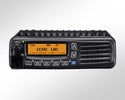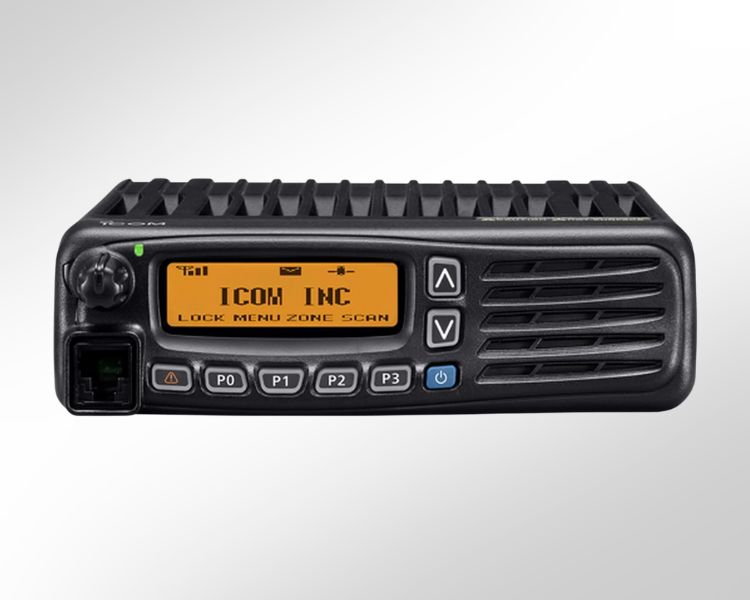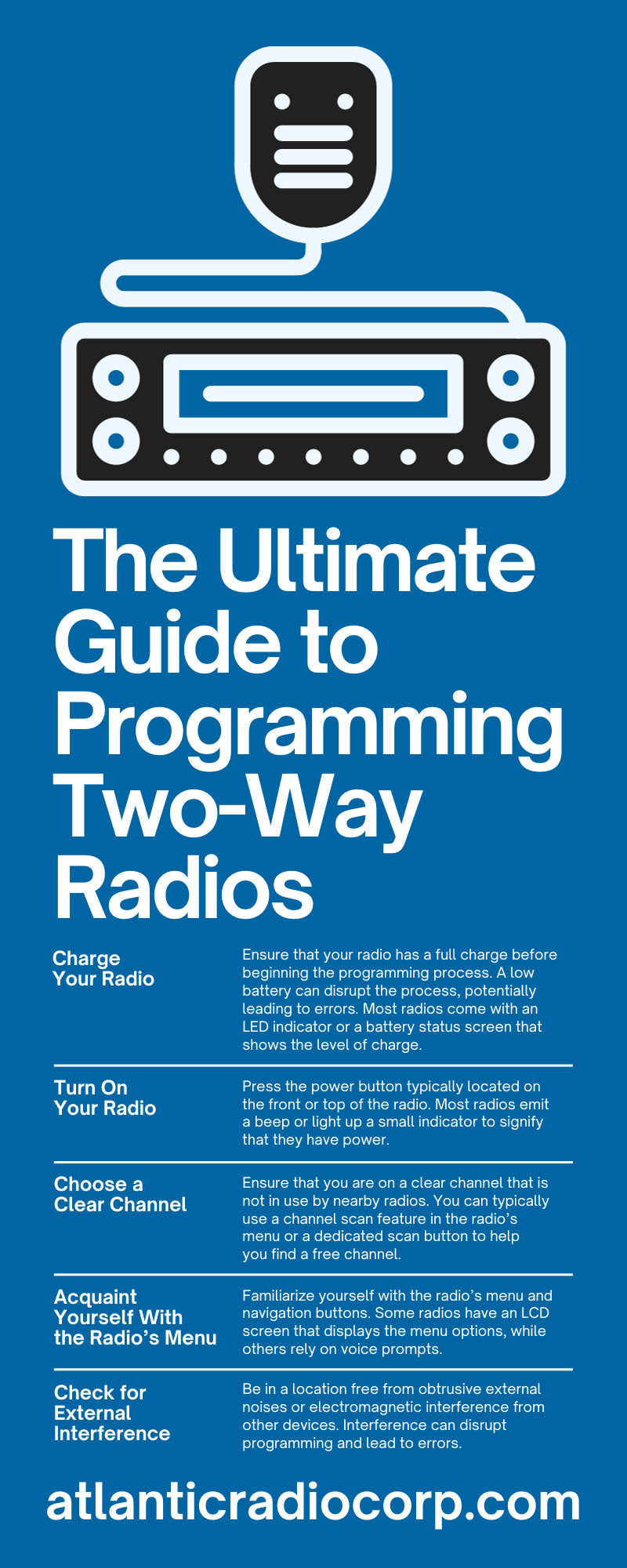
The Ultimate Guide to Programming Two-Way Radios
, by Joseph Gabriel, 6 min reading time

, by Joseph Gabriel, 6 min reading time

Two-way radios have been a staple in many industries due to their reliability and ease of use. Programming comes in handy when specific frequencies and channels are needed, whether for enabling encrypted communication or receiving weather and emergency alerts.
Whether you’re an outdoor enthusiast, a professional who requires constant communication, or someone fascinated by radio technology, knowing how to program a two-way radio is a handy skill to have. If you’re ready to optimize performance and functionality, you’ll need the following ultimate guide to programming two-way radios.
Two-way radios, also known as walkie-talkies, operate by utilizing radio waves to facilitate seamless voice communications. These devices transmit and receive audio signals, allowing users to communicate wirelessly over short distances. Each radio operates on a specific frequency band, which determines the range and capabilities of the device.
There are usually multiple channels available within the frequency band that users can program on the radio. This programming enables users to switch between different communication channels as needed. Ample flexibility ensures efficient and interference-free transmissions.
A programmed two-way radio serves several essential functions that streamline communication. It enables direct person-to-person communication within a specific range without the need for an intermediate network. This direct communication is especially valuable in remote locations where cellular service may be absent.
Another key function is the ability to broadcast to multiple radios simultaneously. This group communication feature is vital in emergencies or whenever quick and coordinated action is necessary among a team.
Two-way radios also have a channel scanning feature that allows users to monitor multiple channels for activity. This function is particularly useful in professional settings where staying updated on different conversations can be crucial.
Lastly, most programmed radios offer features such as weather alerts and emergency signals, enhancing their utility in outdoor and emergency situations. These functions collectively make the programmed two-way radio a powerful tool for scenarios ranging from outdoor adventures to professional field operations.
Follow these detailed steps to ensure that your two-way radio is ready for programming.
Ensure that your radio has a full charge before beginning the programming process. A low battery can disrupt the process, potentially leading to errors. Most radios come with an LED indicator or a battery status screen that shows the level of charge.
Press the power button typically located on the front or top of the radio. Most radios emit a beep or light up a small indicator to signify that they have power.
Turn the volume knob or use the volume buttons to adjust the sound to a comfortable level. Make sure you can clearly hear the radio’s audio feedback during the programming process.
Ensure that you are on a clear channel that is not in use by nearby radios. You can typically use a channel scan feature in the radio’s menu or a dedicated scan button to help you find a free channel.
Familiarize yourself with the radio’s menu and navigation buttons. Some radios have an LCD screen that displays the menu options, while others rely on voice prompts.
Be in a location free from obtrusive external noises or electromagnetic interference from other devices. Interference can disrupt programming and lead to errors.
If you are programming frequencies and privacy codes, write them down and keep them readily available to avoid any confusion during programming.
The process you may follow to enter programming mode can vary between different makes and models of radios. Typically, this process involves pressing a specific combination of buttons simultaneously for a few seconds.
It is important to refer to your radio’s user manual for the exact instructions tailored to your specific device. The manual will provide you with step-by-step guidance to ensure a seamless transition into programming mode, allowing you to customize and optimize your radio settings according to your preferences.
Setting frequencies and channels improves the radio’s functionality. The frequencies you select must fall within the allowable range for your specific radio. You can set each channel to a specific frequency so that you can switch between different frequencies with ease.
Type in the desired frequency using the radio keypad or select it with the up and down arrow keys. Be sure to choose the frequency that is within the range of your radio and is not in use by another nearby device.
The final step of this ultimate two-way radio guide to programming is to save and finalize the changes made. It will ensure the device saves all the customizations and your hard work.
It’s worth noting that the exact process may vary among different radio models, so it is advisable to consult your user manual for the specific and appropriate procedure. Repeat this process for each channel you’d like to program. By following these steps, you can ensure a seamless and efficient setup of your radio equipment.
Programming a two-way radio works when you’re careful, patient, and thorough. Double-check your work to ensure optimal performance. Use these additional tips to get you through the process should you hit a bump in the road.
It doesn’t matter if you’re a tech enthusiast, an outdoorsman, or someone seeking to utilize two-way radios for emergency or professional purposes. Programming is attainable with thorough guidance, the owner’s manual, and a high-quality ICOM VHF mobile radio at your side. This radio model works in analog and digital modes with an easy-to-read display. Suddenly, programming the radio is even easier than before!
